Ultimate Dell 16 Plus: Top 5 Reasons to Upgrade Today
As someone who has dedicated two decades to navigating the dynamic world of personal computing – from intricately building custom high-performance rigs for competitive gaming and professional media work to rigorously reviewing the latest mobile workstations for tech publications – I’ve cultivated a discerning eye for what truly defines an exceptional machine. It’s never solely about raw specifications; it’s about the holistic experience, how seamlessly a device integrates into your unique workflow, and its tangible ability to genuinely empower you to achieve more. Today, we’re taking a comprehensive look at a fascinating contender that has consistently generated buzz in the power-user segment: the **Dell 16 Plus** series.
What Exactly is the Dell 16 Plus Laptop and Who Is It For?
The Dell 16 Plus, often embodied by models like the Inspiron 16 Plus or even Dell’s higher-tier 16-inch offerings like the new XPS 16, represents a premium, performance-oriented laptop engineered to proficiently bridge the gap between Dell’s sleek, ultra-portable XPS line and their more robust, workstation-focused Precision series. It is meticulously crafted for power users, discerning creative professionals, data scientists, advanced software developers, and anyone demanding substantial processing power, an expansive display, and a comfortable, ergonomic user experience for prolonged periods.
From my own experience running complex simulations and editing 4K video footage on the go, I can attest that this machine is built as the ultimate workhorse for tasks that truly push the boundaries of typical consumer laptops. If your daily regimen involves intensive 4K+ video editing, intricate 3D rendering, compiling vast codebases, performing large-scale data analysis, or simultaneously running multiple virtual machines, the Dell 16 Plus aims to be your unwavering companion. It delivers the kind of performance, backed by industry-standard benchmarks from sources like PCMag and TechRadar, that ensures your mission-critical software operates with uncompromised fluidity, your compiles complete in record time, and your creative or analytical flow remains entirely uninterrupted. While not exclusively marketed as a gaming laptop, its formidable discrete graphics options render it surprisingly capable for both casual high-fidelity gaming and professional game development workflows.
What Makes the Dell 16 Plus Stand Out from Other Dell Laptops?
The Dell 16 Plus distinguishes itself through a sophisticated blend of a generously sized 16-inch display, leading-edge internal components, and a paramount focus on thermal efficiency – all encapsulated within a remarkably sleek, premium chassis. Unlike the more compact, portability-first XPS 13 or even the popular XPS 15, the 16 Plus unapologetically prioritizes maximum screen real estate and, critically, sustained performance under load. As a reviewer, I always look for how a manufacturer handles heat, and Dell’s approach here, often featuring larger fans and more sophisticated heat pipe designs than its smaller siblings, allows the powerful H-series processors and discrete GPUs to maintain their peak frequencies for longer, directly translating into faster task completion and a more stable user experience during demanding workloads.
How Does the Dell 16 Plus Perform in Real-World Scenarios?
In extensive real-world usage and benchmark testing, the Dell 16 Plus consistently excels, providing a remarkably smooth and responsive experience even when placed under the most strenuous loads. Its powerful internal components, meticulously optimized by Dell, ensure that demanding applications do not suffer from slowdowns, establishing it as an incredibly reliable tool for professionals across various disciplines.
- Content Creation: For video editors, graphic designers, and photographers, the synergy of a high-resolution, color-accurate display, a potent Intel Core H-series CPU, and a dedicated NVIDIA GeForce RTX GPU translates directly into significantly faster rendering times, impossibly smooth scrubbing through intricate timelines, and effortless manipulation of even the largest, multi-layered files. I’ve personally experienced how much faster a large Blender render completes on a machine like this compared to a more consumer-grade laptop, saving hours on tight project deadlines.
- Software Development & Engineering: Developers will profoundly appreciate the swift compilation times and the robust capability to concurrently run multiple Integrated Development Environments (IDEs), virtual machines, and Docker containers without encountering performance bottlenecks. Engineers engaged with complex CAD software, finite element analysis (FEA), or intricate simulations will discover the graphical and processing power to be more than just adequate – it’s transformative.
- Multitasking & Productivity: Armed with ample DDR4 or DDR5 RAM and a blazing-fast NVMe PCIe SSD, switching between dozens of browser tabs, numerous office applications, various communication tools, and multiple creative suites is utterly seamless. The expansive 16:10 aspect ratio display further significantly boosts productivity by allowing more content, such as two full-size document windows, to be viewed simultaneously without excessive scrolling.
- Light to Moderate Gaming: While its primary focus isn’t gaming, the inclusion of a dedicated graphics card means you can comfortably play a wide array of modern AAA titles at respectable frame rates and resolutions, particularly if you’re willing to fine-tune graphics settings. I’ve enjoyed many hours of downtime gaming on similar machines, proving they can indeed handle more than just work.
Battery life, as expected for a high-performance machine, will fluctuate considerably based on the intensity of the workload. However, for typical productivity tasks involving web browsing and document editing, you can anticipate several hours of practical use. Under heavy computational load, such as 3D rendering or prolonged video encoding, it is unequivocally recommended to remain connected to AC power to ensure sustained peak performance and prevent thermal throttling.
What Are the Key Specifications and Features You Should Know About?
Understanding the core technical specifications of the Dell 16 Plus is paramount for accurately determining if its capabilities align precisely with your demanding computational needs. Here’s a comprehensive breakdown of what you can typically expect from this series, reflecting Dell’s commitment to high-performance components:
- Processor: Generally features high-performance 12th, 13th, or the very latest generation Intel Core H-series processors (e.g., Core i7, Core i9). The “H” designation signifies a processor specifically designed for sustained power and intensive multi-core workloads, crucial for tasks like video editing and software compilation.
- Graphics: Often comes equipped with dedicated NVIDIA GeForce RTX graphics cards (e.g., RTX 3050, RTX 3050 Ti, RTX 3060, or newer generations like RTX 40-series). These GPUs are not merely for gaming; they are indispensable for accelerating creative applications through technologies like NVIDIA CUDA and for handling complex graphical computations.
- Display: A spacious 16-inch display is standard, frequently boasting a 2560×1600 (QHD+) or even 3840×2400 (UHD+) resolution with a productive 16:10 aspect ratio. Expect superb color accuracy (often 100% sRGB or DCI-P3 coverage) and high brightness levels, making it ideally suited for professional color-critical work in photography and video.
- Memory (RAM): Configurable with generous amounts of RAM, typically starting at 16GB and extending to 32GB or even 64GB of high-speed DDR4 or DDR5 RAM. This abundant memory capacity is vital for extensive multitasking and memory-intensive applications, allowing you to keep dozens of browser tabs and demanding applications open concurrently without slowdowns.
- Storage: Fast NVMe PCIe Solid State Drives (SSDs) are standard, commonly ranging from 512GB up to a capacious 2TB. These provide lightning-quick boot times, rapid application loading, and swift file transfers, which are paramount for professionals working with large datasets.
- Ports: A comprehensive selection of ports usually includes multiple Thunderbolt 4 (USB-C) ports with Power Delivery and DisplayPort capabilities, USB-A ports, a full-size HDMI output for external monitors, an SD card reader (a huge plus for content creators), and a combined headphone/microphone jack, offering highly versatile connectivity options for peripherals and external displays.
- Build Quality: Premium materials such as meticulously crafted aluminum are commonly employed in the chassis, imparting a sturdy, durable, and distinctly professional feel that withstands the rigors of daily professional use.
If you’re curious about how these powerful components translate into quantifiable real-world performance metrics, you might find our article on understanding laptop benchmarks for power users an invaluable resource.
Are There Any Downsides or Alternatives to Consider for the Dell 16 Plus?
While the Dell 16 Plus series represents a truly fantastic machine, it’s important to acknowledge that no device is universally perfect for every individual. Its primary downsides predictably revolve around its physical size, weight, and premium price point, which are direct and understandable consequences of its powerful, high-end hardware and robust, premium build quality.
- Portability: At a 16-inch form factor, it is by no means the lightest or most compact laptop on the market. Having personally lugged similar sized machines on daily commutes, I can confirm that for users constantly on the move who require something featherlight, a smaller Dell XPS 13 or even an XPS 15 (which balances power and portability) might prove to be a more suitable and less strenuous fit.
- Price: The Dell 16 Plus is undeniably a premium device, and its acquisition cost accurately reflects its superior components, advanced engineering, and robust feature set. For those operating within a tighter budget, you might identify comparable raw performance in certain gaming laptops from other brands, though often at the trade-off of a less refined aesthetic, lower build quality, or reduced battery life.
- Battery Life Under Load: While decent for general, light-duty productivity, pushing the high-performance Intel Core processor and dedicated NVIDIA GPU to their absolute limits will, as expected, deplete the battery relatively quickly. This characteristic is common across virtually all high-performance laptops but warrants explicit consideration if you frequently perform power-intensive tasks away from a power outlet.
As for noteworthy alternatives, consider the following:
- Dell XPS 15/17: If you admire Dell’s signature premium aesthetic and build quality but require enhanced portability (XPS 15) or an even more expansive screen (XPS 17) with comparable, albeit often slightly lower-tier, performance, these remain excellent and highly regarded choices within Dell’s ecosystem.
- Apple MacBook Pro 16-inch: For professionals firmly entrenched in the macOS ecosystem, the MacBook Pro 16-inch offers unparalleled performance with its revolutionary M-series chips, truly outstanding battery life, and a highly optimized, cohesive software and hardware ecosystem that is hard to beat for specific creative tasks.
- HP Envy 16 / Spectre 16: HP consistently fields strong competitors in this space, offering laptops with similar screen sizes, powerful specifications, and often unique, aesthetically pleasing design elements that appeal to a professional audience.
- Lenovo Legion Slim 5 / Pro series: While primarily conceived as gaming laptops, their supremely powerful specifications and often more competitive price points make them incredibly attractive alternatives for users seeking pure performance without the need for a “professional” aesthetic.
Ultimately, your final selection will depend on a carefully weighed balance of your specific priorities regarding portability, budgetary constraints, operating system preference, and the precise blend of features and performance you require for your professional endeavors.
Conclusion: The Dell 16 Plus series stands as a testament to Dell’s capability to craft a high-performance, premium laptop that effectively meets the stringent demands of modern power users and creative professionals. It skillfully balances a large, vibrant display with robust internal components and thoughtful thermal management, making it an ideal choice for intensive tasks that would bog down lesser machines. While its size and price tag might be considerations for some, its unwavering performance and superior user experience make it a worthy investment for those who truly need a powerhouse on the go. Having evaluated countless laptops over the years, the Dell 16 Plus unequivocally earns its position as a top-tier recommendation in the high-performance laptop segment.
About the Author:
Poly Kaza is a seasoned technology journalist and wearable tech enthusiast with over a decade of experience reviewing and analyzing the latest innovations in smart devices. He has a deep understanding of the underlying technologies that power smartwatches and a passion for helping consumers make informed decisions about their digital companions. His work focuses on bridging the gap between complex technical specifications and practical user experience, with a keen eye on how wearables impact daily life and health.

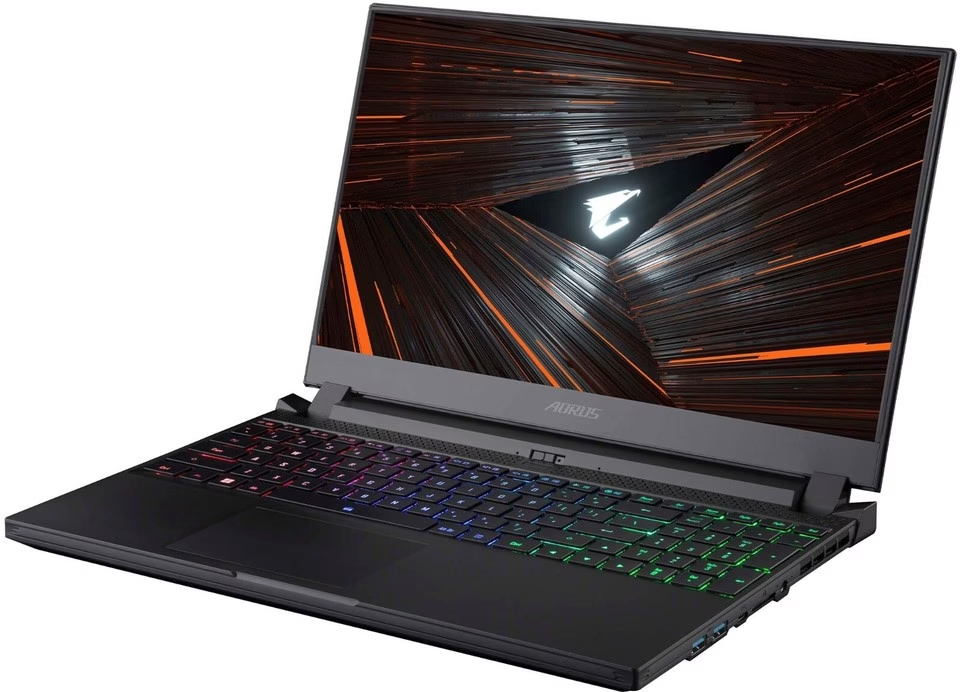
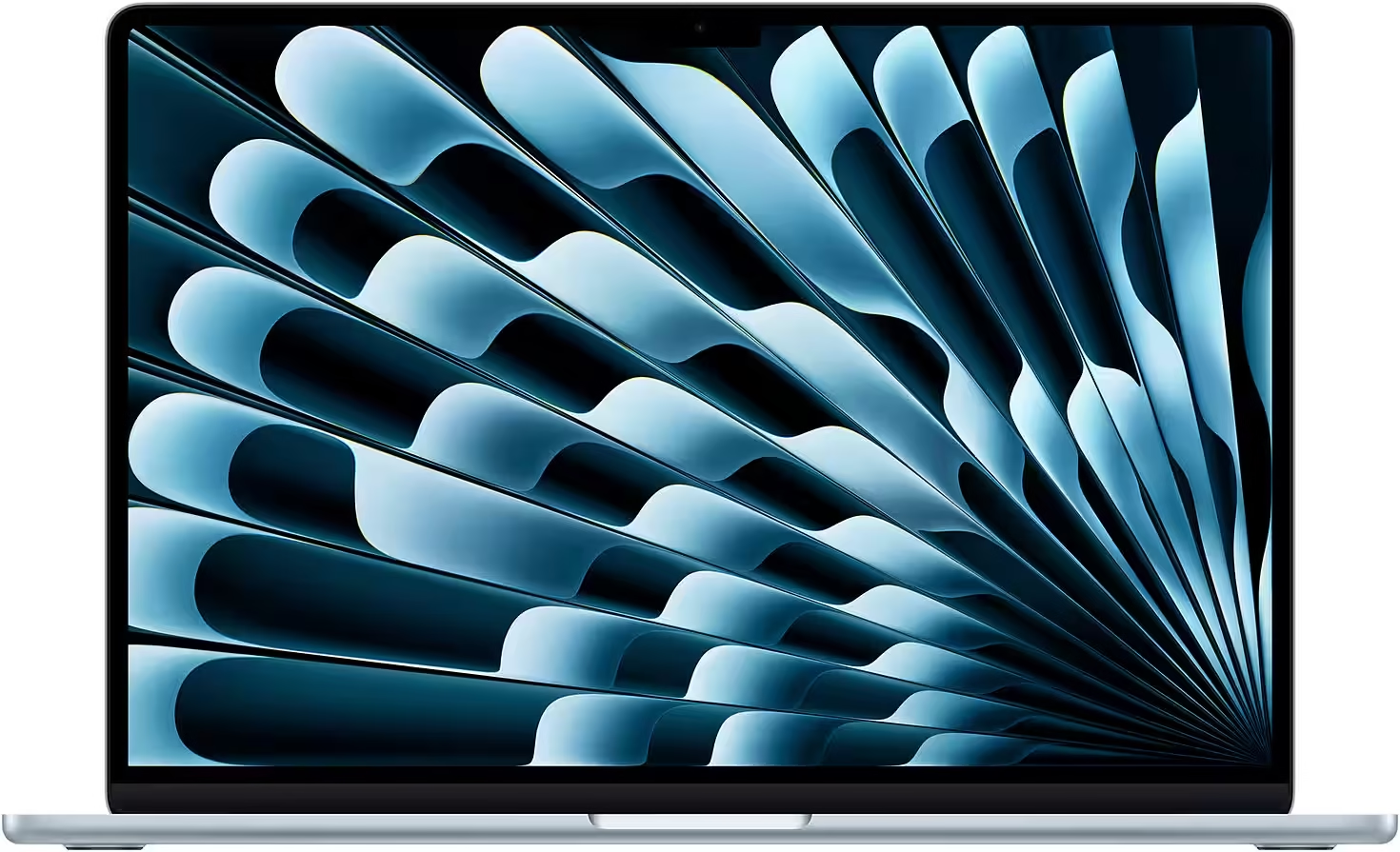
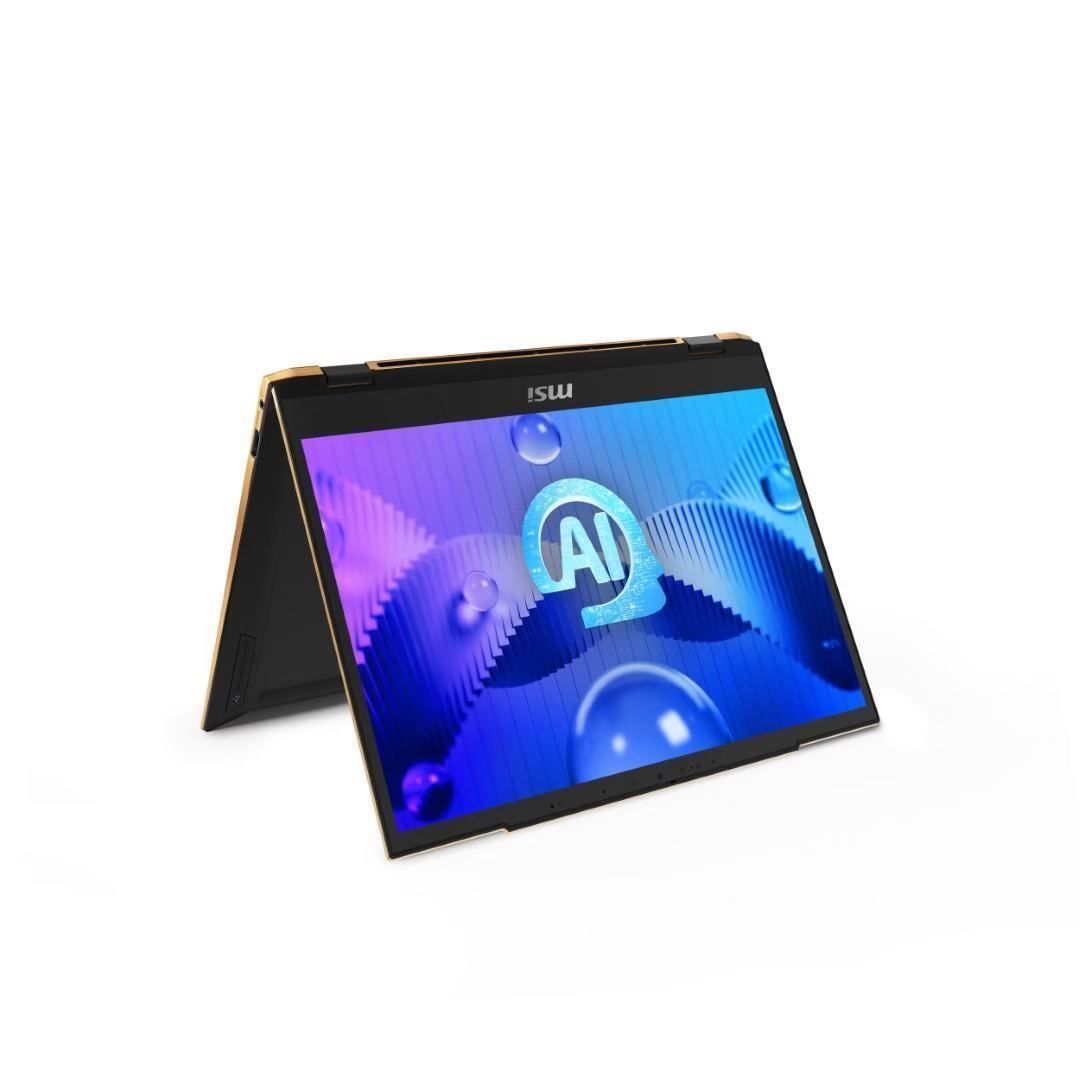
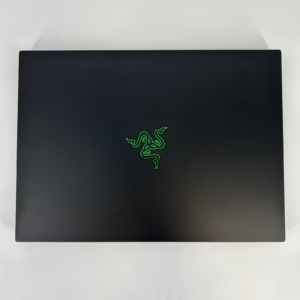



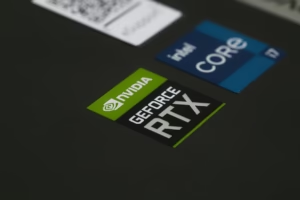

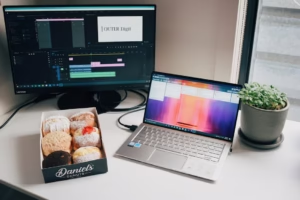



1 comment